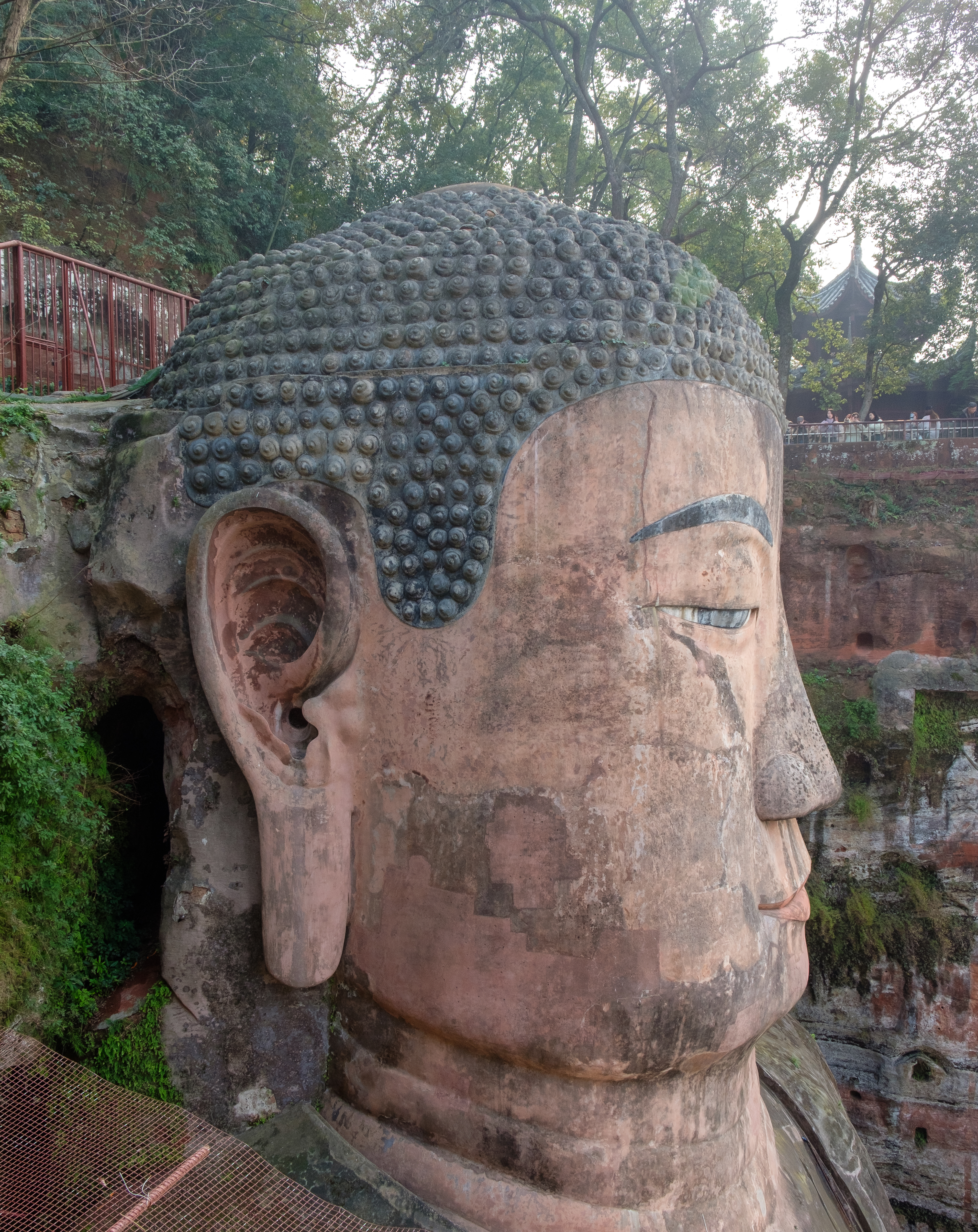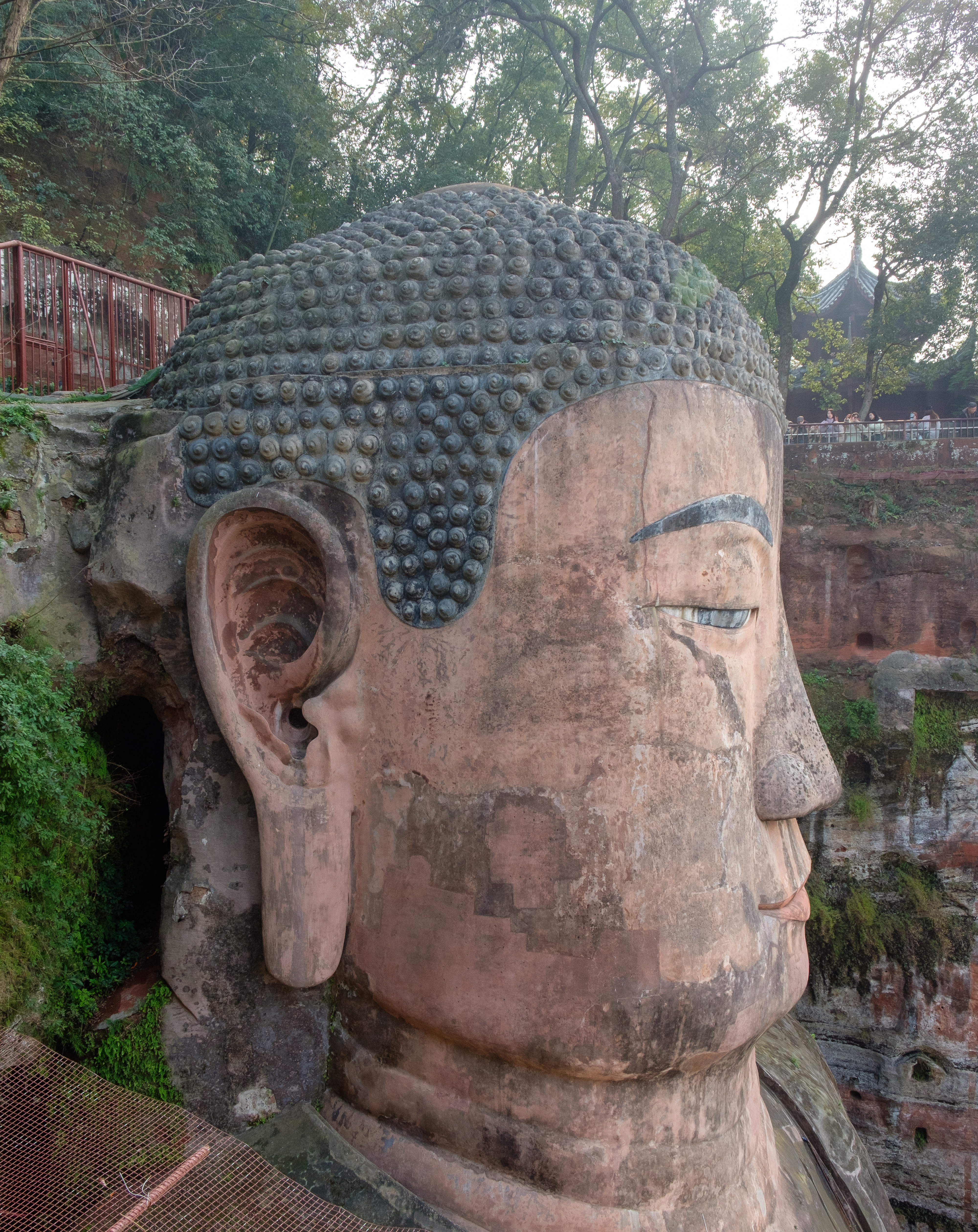Leshan Giant Buddha

Leshan Giant Buddha, China
Standing serenely at the confluence of the Minjiang, Dadu, and Qingyi Rivers, the Leshan Giant Buddha is a monumental testament to ancient Chinese craftsmanship and spiritual devotion. Carved into a red sandstone cliff during the Tang Dynasty over 1,300 years ago, this awe-inspiring statue stands at an impressive 71 metres tall, making it the largest stone Buddha in the world. The Buddha gazes calmly over the rivers below, his massive hands resting gently on his knees, a symbol of peace and protection for travellers and locals alike.
The surrounding area offers more than just a view of the Buddha. Visitors can explore the lush trails of Mount Emei, a UNESCO World Heritage Site, which provides a backdrop of misty peaks and ancient temples. The engineering marvel of the statue is equally captivating—drainage systems built into the Buddha’s hair and robes have preserved it from erosion for centuries. Whether approached by riverboat or by foot, the Leshan Giant Buddha exudes a sense of majesty and tranquillity, making it a must-visit destination for anyone exploring China’s rich cultural and spiritual heritage.
乐山大佛,中国
静静伫立在岷江、大渡河和青衣江三江汇流之处,乐山大佛是一座展现中国古代工艺和宗教信仰的宏伟杰作。这座令人叹为观止的雕像建于1300多年前的唐代,雕刻在红色砂岩峭壁之上,高达71米,是世界上最大的石刻佛像。大佛神态安详,双手轻放膝上,俯瞰着脚下的江水,象征着对旅人和当地居民的和平与庇护。
大佛周边的区域不仅仅是观赏的场所。游客可以探索峨眉山的茂密步道,这里是联合国教科文组织世界遗产地,以其云雾缭绕的山峰和古老的寺庙而闻名。大佛的工程设计同样令人惊叹——内置于佛像头发和袈裟中的排水系统在多个世纪里有效保护了它免受侵蚀。无论是乘船从江上观赏,还是徒步近距离接触,乐山大佛都散发出庄严与宁静的氛围,是探索中国丰富文化与宗教遗产的必游之地。
